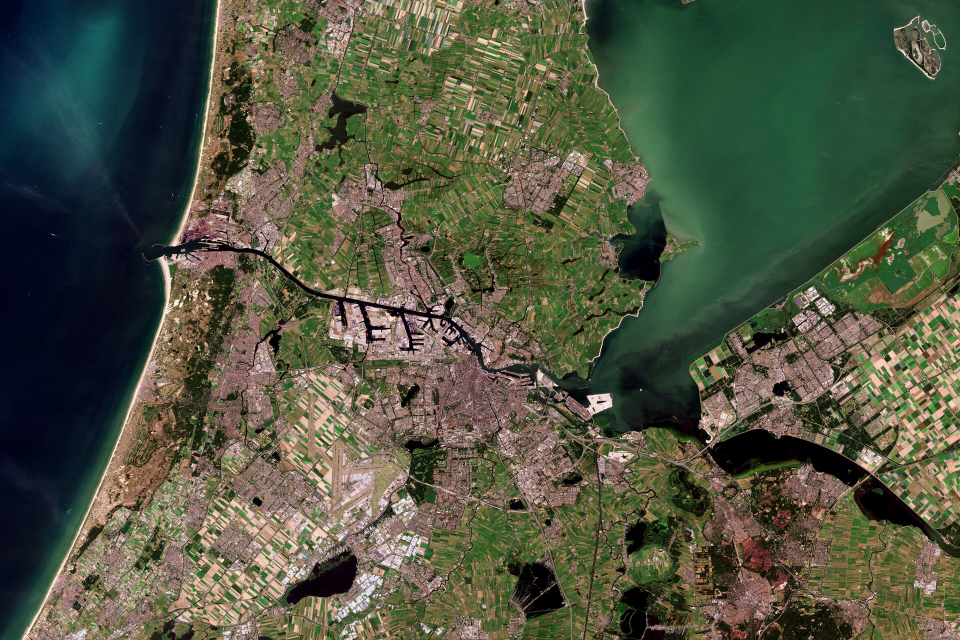Published on 22 November 2022
Water quality from the air: a wealth of data
Remote sensing is increasingly being used for various policy purposes. In the context of sustainability, it is an efficient monitoring strategy, and Earth observation data also provide a lot of additional information next to point measurements made in the field. In addition to the classic field measurements, remote sensing will increasingly be used to make maps that cover the entire region of interest and thus increase spatial insights.
But all the extra amount of data can also become a stumbling block: how do you organize access to such wealth of data, and where and how can it be processed and stored? Important questions for a policy organization that wants to switch to remote sensing driven data collection, in order to make decisions based on objective, up-to-date and area-wide information.
Remote sensing for policy making
Ever since the launch of the first Copernicus satellite in 2014, the access to high-quality Earth observation data has grown tremendously. Not only the continuity and quality of the data received a new boost, but also the applications are becoming more sophisticated. Continuous developments in cloud services and new techniques in deep learning and Artificial Intelligence give us opportunities to improve the processing of large amount of Earth observation data.
This allows government agencies such as Rijkswaterstaat (the Ministry of Infrastructure and Water Management in The Netherlands) to use or integrate advanced image processing into their own operational processes. It gives them the possibility to archive, process and use data in important decision-making processes much faster and easier. Possible applications include monitoring road infrastructure to determine where maintenance work needs to be done, monitoring water quality to protect public health, spatial planning or monitoring ecosystems. The possibilities are endless.
Source
Remote sensing solutions for water management | Terrascope. (n.d.). https://terrascope.be/en/cases/remote-sensing-solutions-water-managemen…
